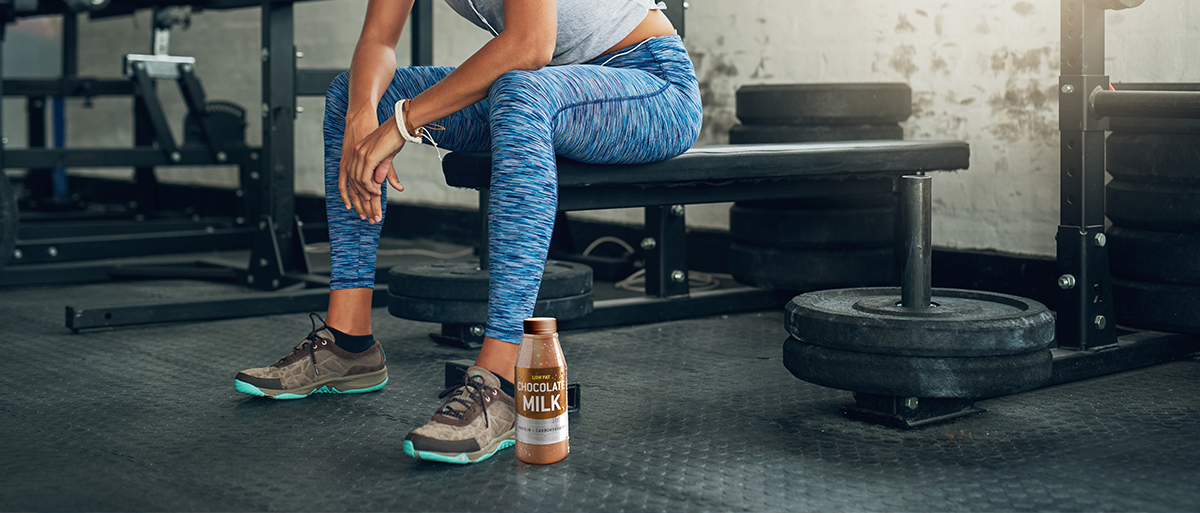It’s common to have some muscle soreness after physical activity. During exercise, your body takes fuel from your food and breaks down muscle for energy, so you’re left dehydrated, drained of fuel and broken down.
Whether you’re an amateur or an elite athlete, proper recovery is critical to prevent injuries and improve your overall strength and stamina. You need to replace the nutrients you lost during training (primarily carbohydrates and protein), and rehydrate with fluid and electrolytes. There’s no one-size-fits-all solution – the amount and ratio of nutrients you need for recovery will depend on your age, gender and size; the duration and intensity of your workout; and environmental factors such as climate and altitude – but here are some core things to remember.
WHEN TO RECOVER: 30-60 minutes
Drink a recovery drink within 30-60 minutes after exercise to jump-start your body’s recovery process.
HOW MUCH TO DRINK: 20-24 ounces of fluid
For every pound you lose during exercise, drink 20-24 ounces of fluid with electrolytes after exercising.
HOW TO RECOVER: Always follow the 3 R’s
- Rehydrate with the right amount of fluids and electrolytes to replace the fluid lost from sweat during exercise. Climate and altitude can also increase the amount of fluid you’ll need.
- Repair with a high-quality protein to help rebuild muscles and promote growth.
- Replenish using a 3:1 carbohydrates-to-protein ratio (e.g. 60 grams of carbohydrates and 20 grams of protein) for moderate to high intensity exercise lasting at least an hour, to aid in muscle soreness and refill energy stores.
So what’s the best choice?
Milk-based drinks are ideal for recovery after exercise. In addition to milk being a natural product with minimal ingredients, chocolate milk contains all the key ingredients for recovery, including 87% water content, natural electrolytes and an optimal 3:1 carbohydrate-to-protein ratio. Other quick recovery options include a milk-based smoothie with added protein, a Greek yogurt parfait, an energy bar with milk, or some cottage cheese and crackers.
Proper recovery following the rehydrate, repair and replenish guidelines is essential if you want to adapt to higher training volume and intensity and maintain your overall health.



